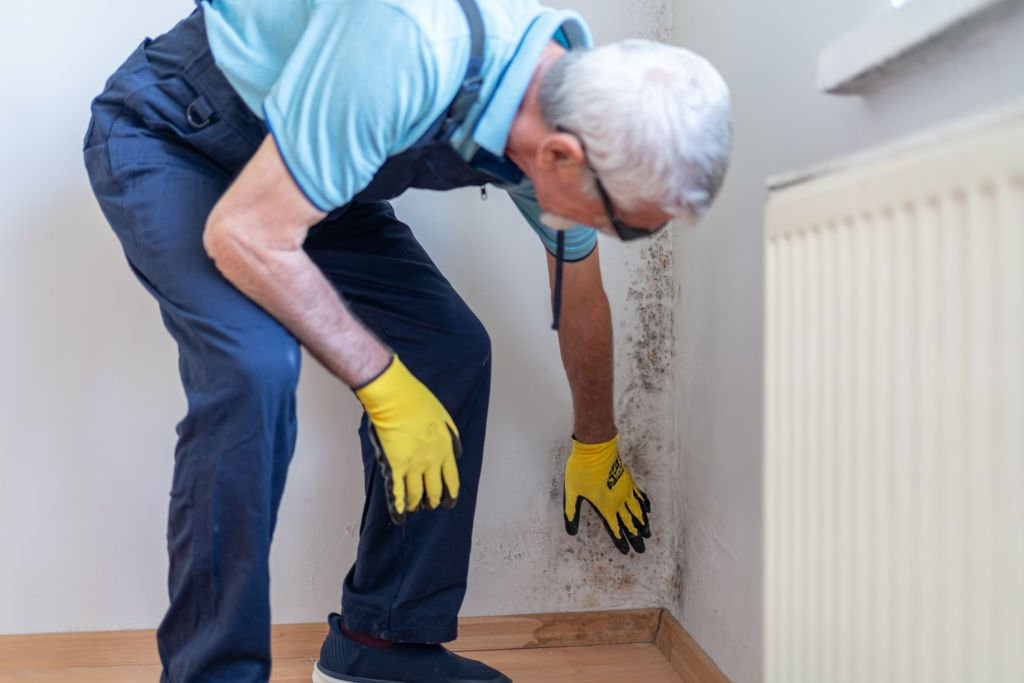Rising damp is a problem that can cause stress and costly damage for any property owner. Often misunderstood and sometimes misdiagnosed, this type of damp can weaken the structure of your home and affect its appearance. At Henderson Wood, we believe that with the right knowledge and preventative care, rising damp can be managed — and often prevented altogether.
What Is Rising Damp?
Rising damp happens when moisture from the ground travels upwards through porous materials like brick and mortar. This natural process, known as capillary action, allows water to move against gravity through tiny gaps in building materials.
Unlike condensation or penetrating damp (which comes from external leaks or internal moisture), rising damp comes directly from the ground beneath your property.
Typical signs include:
Tide marks on interior walls
Peeling paint or wallpaper
White salt deposits (efflorescence)
Musty smells
Deteriorating skirting boards or timber
Spotting these symptoms early can help prevent serious damage and expensive repairs.
What Really Causes Rising Damp?
Understanding the real causes is crucial for effective treatment.
Failed or Missing Damp-Proof Course (DPC) Older properties often lack a DPC or have one that has degraded over time. Without a reliable barrier, moisture can travel unchecked into walls.
Degraded Building Materials Crumbling mortar, damaged bricks, or historic lime-based mortars can allow moisture to rise more easily through the structure.
Bridging of the DPC External ground levels, raised paths, plaster bridging, or debris can bypass the DPC, allowing moisture in even if the barrier exists.
Poor Maintenance Blocked air bricks, cracked pointing, or damaged gutters contribute to damp conditions, giving moisture easy routes into the building.
Local Ground Conditions Homes built on areas with high water tables or poorly draining soils face a greater risk of rising damp, especially during wetter seasons.
Common Myths About Rising Damp
Myth: Rising damp doesn’t exist. Fact: Decades of research and practical experience prove it is a real phenomenon, though it is sometimes misdiagnosed.
Myth: Any damp problem means rising damp. Fact: Condensation and penetrating damp can look similar but require different solutions. Accurate diagnosis is crucial.
Myth: A new DPC injection always fixes rising damp. Fact: While chemical DPC injections are effective when installed correctly, they can fail if bridging or structural issues aren’t resolved first.
Expert Tips to Prevent Rising Damp
Maintain External Ground Levels Keep ground levels at least 150mm below your DPC. Avoid building flowerbeds or paving that covers the barrier.
Inspect and Repair Brickwork Repoint mortar joints and replace damaged bricks promptly to maintain a strong barrier against moisture.
Check and Maintain Your DPC If your home lacks a DPC or has one that has failed, consider installing a modern chemical DPC. Henderson Wood offers expert installation services for reliable, long-term protection.
Keep Air Bricks Clear Ensure air bricks aren’t blocked by soil or debris to allow for good airflow and reduced moisture build-up.
Regular Property Inspections After heavy rain or during damp seasons, look for early signs of rising damp. Early action saves time and money in the long run.
Why Choose Henderson Wood?
Rising damp is complex and demands professional expertise. At Henderson Wood, we provide:
Detailed damp surveys using the latest technology
Accurate diagnosis and honest recommendations
Custom treatment plans including chemical DPCs, re-plastering, and preventative advice
Friendly, knowledgeable service from certified professionals
We’re dedicated to protecting your home and ensuring a healthy, dry living environment.
Final Thoughts: Protect Your Home from Rising Damp
Rising damp is real and can lead to serious issues if ignored. But with early action, proper maintenance, and the right help, you can protect your home from costly damage and maintain its value for years to come.
Think you might have rising damp? Contact Henderson Wood today for a professional survey and expert advice.

